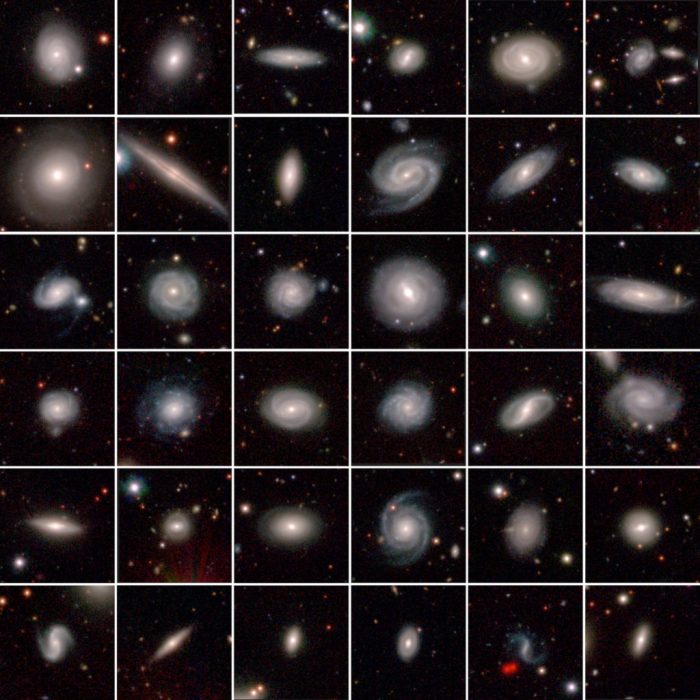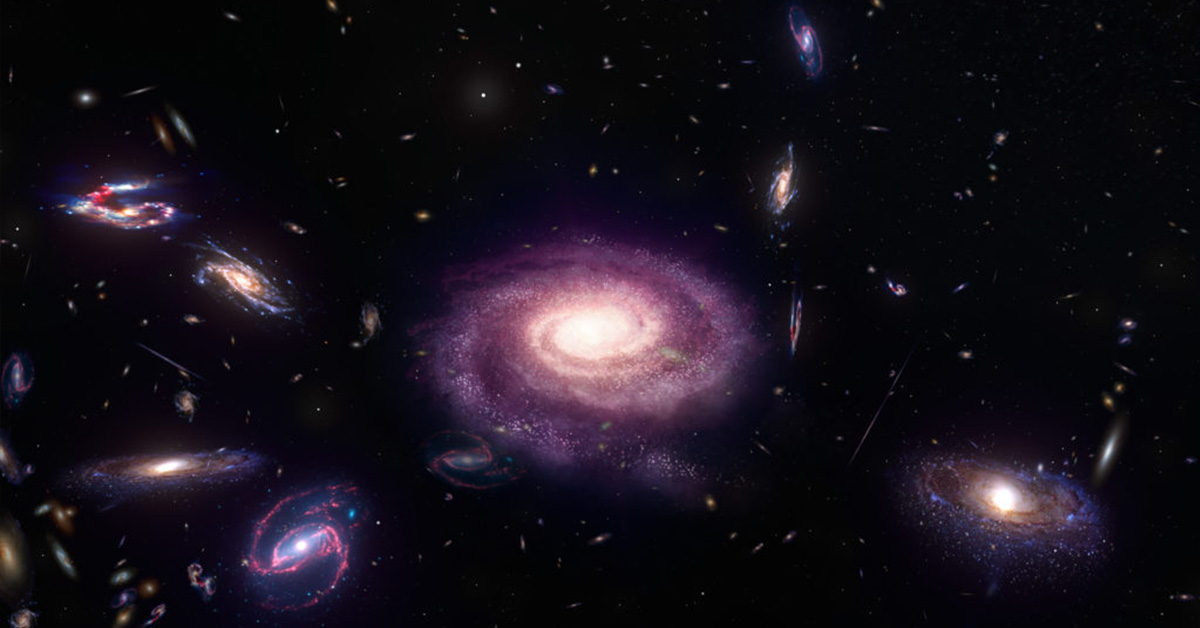Researchers using a new algorithm to examine 7000 nearby galaxies have modelled 13 billion years of star formation, from the beginnings of time to the present day.
The ground-breaking work has been done by astronomers from the University of WA’s node of the International Centre for Radio Astronomy Research (ICRAR).
The designer of the new code — Prospect — is Associate Professor Aaron Robotham from ICRAR’s UWA node.
“With this tool, we can now dissect nearby galaxies to determine the state of the Universe and the rate at which stars form and mass grows at any stage over the past 13 billion years,” Professor Robotham said.
“It’s absolutely mind-blowing stuff.”
Previously the process to understand when stars formed in galaxies required the difficult task of using powerful telescopes to observe galaxies billions of light-years away. Light from these galaxies has been travelling for billions of years, allowing astronomers to look back into the past.
However, observing galaxies that far away is incredibly difficult.
Closer galaxies are much easier to observe and the signature of their star forming past gives us insight into how galaxies formed stars in the early Universe.

The new method of studying star formation in galaxies uses algorithms to model the energy and wavelengths of light coming from almost 7000 nearby galaxies. The researchers succeeded in reconstructing when most of the stars in the Universe formed — in agreement with telescope observations for the first time.
This method was only made possible after astronomers accounted for the gradual build-up of heavy metals within galaxies over time, whereas previously, their models assumed the overall metallicity – or amount of heavy elements — remained constant.
Computer modelling of closer galaxies is now allowing astronomers to gain a better understanding of star formation in the Universe.
DUG Technology has worked with ICRAR in the past and is looking forward to working on its next challenge based on this research — to study thousands more galaxies expand the sample of galaxies being studied using this new technique in an effort to understand when, where and why galaxies die and stop forming new stars.
That work entails examining 230,000 galaxies. At DUG we’re happy to help all our clients reach for the stars.
Main picture: Artist’s impression of a galaxy. Credit: ICRAR
Content picture: A selection of the 7000 galaxies used by the researchers. Credit: GAMA Survey Team. ICRAR/UWA.




































